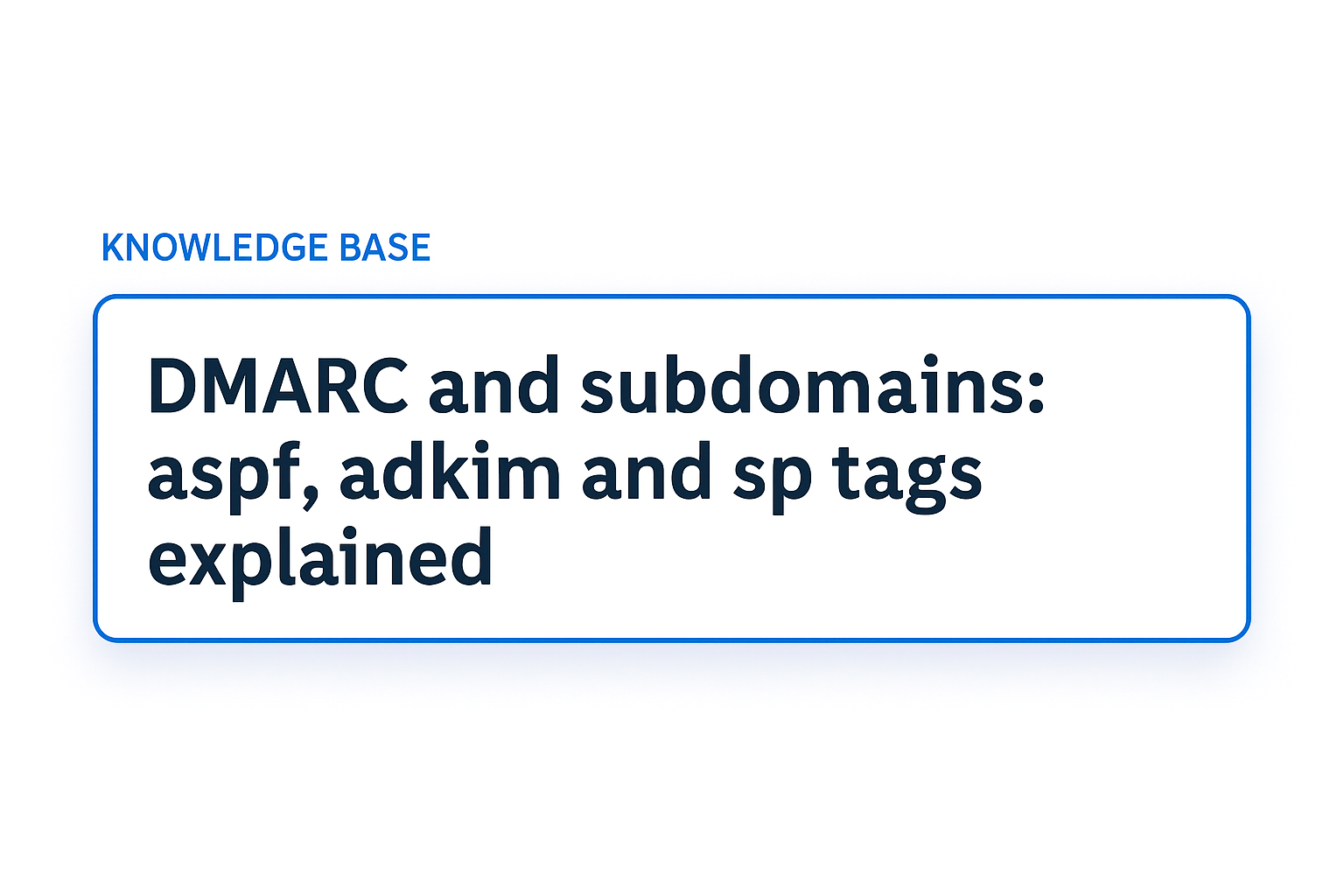Email Security is No Longer Optional
Cybercriminals love email. And in 2024, Google and Yahoo cracked down on DMARC enforcement, forcing companies to rethink their email security. The ones that didn’t? They’ve been dealing with deliverability nightmares, customer distrust, and a bigger risk of phishing attacks. I know that because companies that I spoke with in the summer of 2024 are sending me emails asking for help.
As we head into 2025, it’s not enough to just monitor DMARC your p=none policy. You need to lock it down.
1. Compliance is Now a Requirement
Regulations are tightening. The new PCI DSS 4.0 will now requires businesses handling payment data to have phishing protection like DMARC reject policy in place. No enforcement means non-compliance, which means potential fines, security risks, and reputation damage if you process payments
Security-driven compliance isn’t just best practice anymore. It’s mandatory.
2. A Bad Setup Will Wreck Your Email Deliverability
Many companies scrambled to set up DMARC in 2024. A lot of them got it wrong and ended up with bounced emails, deliverability issues, and a broken sender reputation. The most common mistakes?
- Jumping to a quarantine or reject policy before understanding their email flow
- No DMARC reporting setup
- Misaligned SPF and DKIM records
- Setting it and forgetting it (DMARC needs ongoing monitoring)
DMARC done wrong can cause as many problems as no DMARC at all.
Uncertain if you configured your DMARC correctly? Check out your domain in our Email Security Score.
3. The Data Shows We’ve Got Work to Do
Our scan of the top one million domains found that only 14% have a DMARC record that actually protects them. Worse, only 23% have reporting set up, meaning most companies have zero visibility into their email traffic.
If you’re not enforcing and monitoring DMARC, you are wide open for spoofing and phishing attacks from your main domain.
Getting DMARC Right in 2025
If you’re still sitting on a p=none policy, it’s time to take action. Monitoring is a start, but it won’t stop cybercriminals from spoofing your domain. Moving to full enforcement is what locks it down.
Here’s what that looks like:
- See what’s happening. Start with a DMARC policy of "none" to collect data on who is sending email from your domain. Look at the reports. Identify what’s legit and what isn’t.
- Fix what’s broken. If SPF and DKIM aren’t aligned, DMARC enforcement will break your legitimate email. Get it right before tightening the screws.
- Ease into enforcement. Move to p=quarantine to catch suspicious emails before going all-in with p=reject. This gives you time to catch any misconfigurations before they impact real mail.
- Keep watching. DMARC isn’t something you set up once and walk away from. Your email setup will change, and cybercriminals will keep trying. Stay on top of it.
Final Word
2025 is the year to stop playing defense. Phishing attacks, compliance penalties, and broken email deliverability aren’t just headaches. They cost real money.
DMARC enforcement isn’t optional anymore. Get ahead of it now, protect your domains, and make sure your emails land where they’re supposed to.
DMARC enforcement doesn’t have to be a painful, manual process. Palisade automates DMARC monitoring, simplifies compliance, and helps you move to full enforcement. Without disrupting your email flow.
✅Stop phishing threats before they start. Get set up in minutes or feel free to reach out.
.png)






.png)

